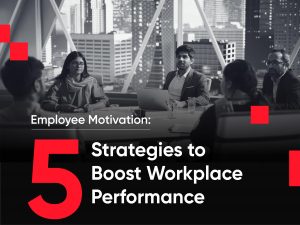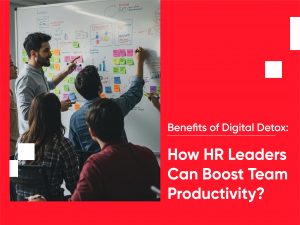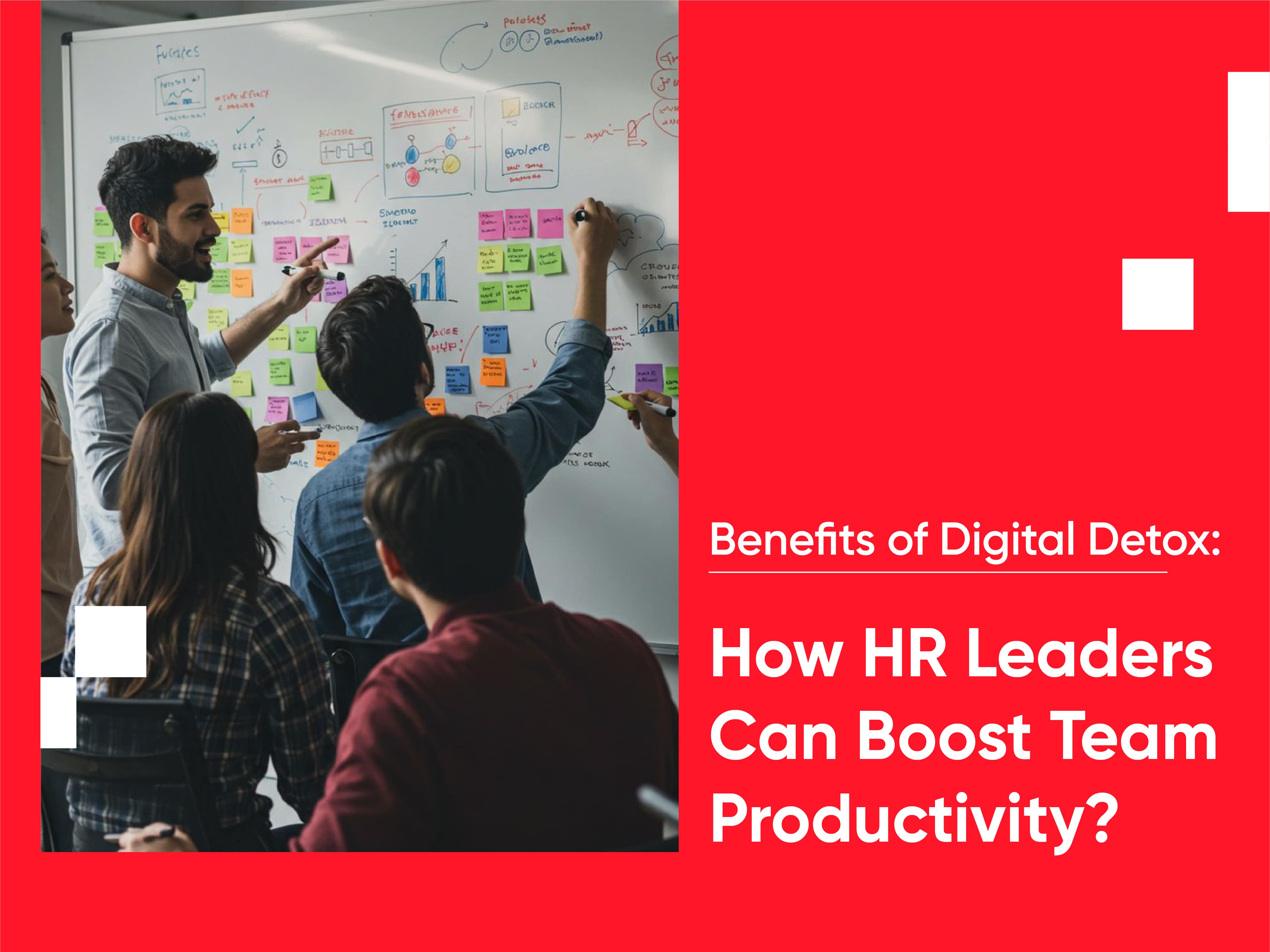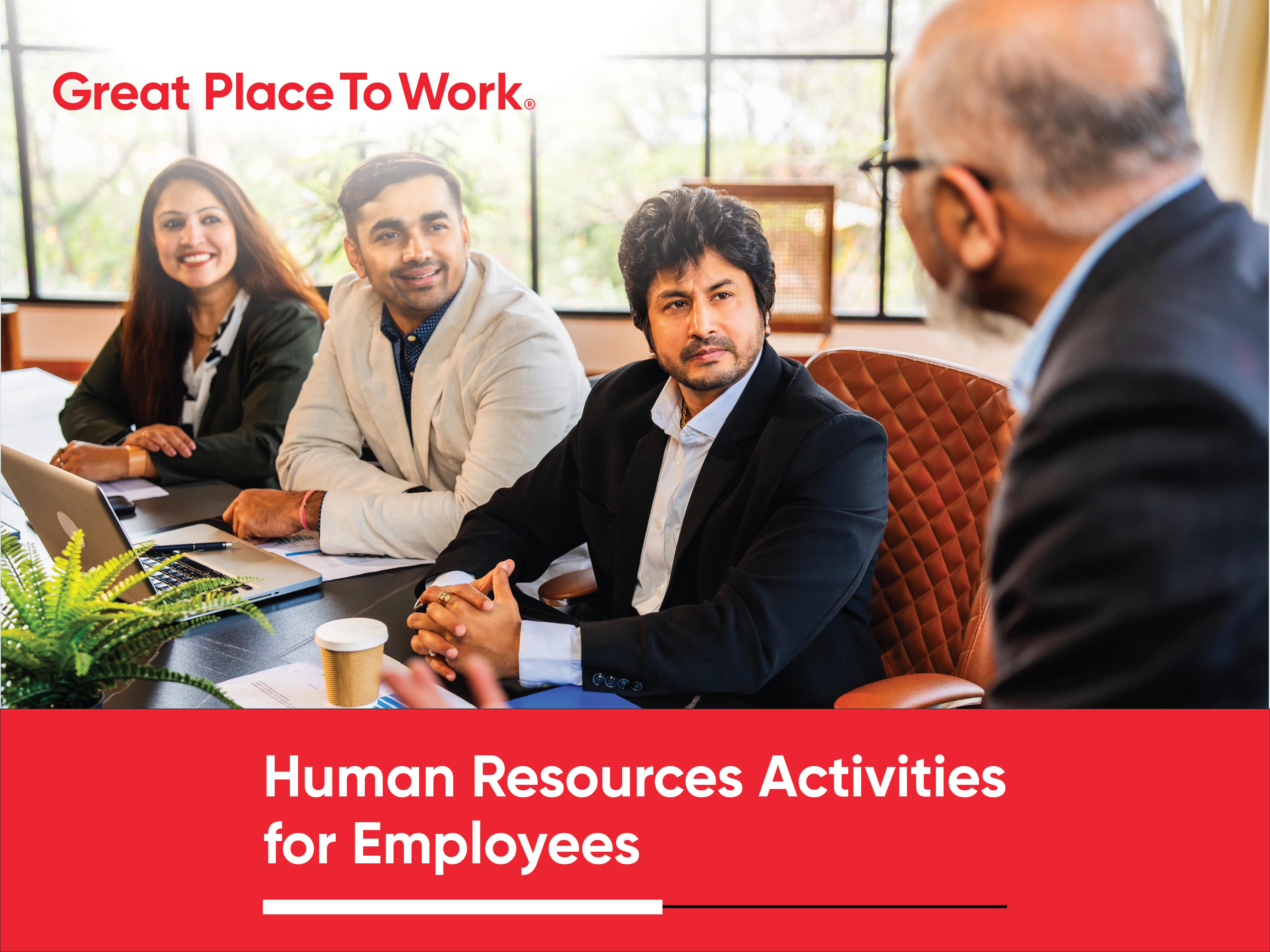Reading Time: 4 minutes
In 2023, it became increasingly evident that fostering an environment where employees can express their true selves is paramount. This authenticity promotes a sense of belonging and comfort, thus elevating overall well-being. This blog will uncover the transformative power of nurturing employee well-being and its profound impact on organizational excellence.
The Importance of Key Drivers of Workplace Wellness in 2023
Upon closely examining the key drivers of what drives employee wellbeing, our research found –
- Management’s commitment to upholding the values and practices they advocate is a significant driver of employee satisfaction. When management aligns its actions with its words, it cultivates trust and respect among the workforce, playing a crucial role in enhancing the workplace atmosphere.
- Equally crucial is the recognition and mitigation of employee exhaustion. Creating a culture where employees feel empowered to prioritize their mental and physical health over work demands is not just important; it’s essential.
- Encouraging open discussions about mental health underscores the importance of addressing psychological well-being in the workplace. When employees feel supported and encouraged to seek help, it fosters a compassionate and understanding environment.
- An effective grievance redressal framework also ensures that employees’ concerns are heard and addressed promptly. This mechanism reinforces trust in the organization and demonstrates a commitment to resolving issues transparently and fairly.

On average, the top 25% of workplaces exhibit a 17% more positive experience regarding these drivers than the bottom 25%, highlighting the correlation between workplace excellence and the prioritization of employee wellness.
Synergizing Employee Well-being and Workplace Culture
When employees experience psychological safety at the workplace, they are:

- 4 times more likely to describe their workplace as great when they feel psychologically safe.
- They are 3 times more likely to envision a long-term future with the organization. The sense of security and support provided by psychological safety fosters loyalty and commitment among employees.
- They are 2 times as likely to adapt quickly to the organization’s dynamic needs. Psychological safety facilitates a culture of openness and innovation, wherein employees feel comfortable experimenting, taking risks, and embracing change.
- Employees who feel psychologically safe are 2 times more likely to go the extra mile in their work. They are motivated to invest additional effort and energy into their tasks, driven by a sense of ownership, camaraderie, and shared purpose within the workplace.
By nurturing this sense of safety and trust, workplaces can unlock the full potential of their workforce, driving innovation, productivity, and sustainable growth.
A Healthy Workforce Matrix
On average, three out of every four employees experience a healthy workplace culture.

Healthy Culture
Employees who have positive perceptions of both workplace culture and well-being experience. This is an ideal situation for the workplace and the workforce and results in motivated employees who stay with the organization for a long.
Culture of Comfort
Employees who experience a psychologically healthy workplace but do not have an overall positive culture experience. Leaders to identify these employees and understand their areas of concern as that can lead to retaining these employees for a long.
Burnout Culture
Employees who have an overall positive workplace experience struggle with their psychological and emotional well-being. Due to work-related stress and anxiety, these employees might feel burnt out quickly. Leaders need to prioritize their well-being.
At Risk
Employees who neither experience an overall positive workplace nor experience healthy well-being at work are at high risk of attrition and becoming detractors of the organization’s brand.
Wellbeing is Directly Proportionate to Innovation
At companies that prioritize wellbeing, 3X more employees leverage innovation opportunities.
Organizations in the Top Quartile of the Workplace Wellness Index, for every 2 employees that do no experience innovation at the workplace; there are 13 employees that do experience innovation opportunities. However, this number is only limited to 4 employees experiencing innovation opportunities at the organizations in the Bottom Quartile.
One of the practices to improve innovation by Acquia India Pvt. Ltd. is a Spot Bonus practice to invite and celebrate innovative minds at work. Every Leadership Executive recommends employees from their team to the CEO for Spot Bonuses every quarter for thinking out of the box and jumping in and owning it. The CEO selects the best of the best exemplary innovations and performances out of all the recommendations. The winners of this reward receive a one-time monetary bonus ranging from INR 35000 to INR 50000 in their monthly salary. The impact being a direct monetary reward, drives innovation and process improvement.

On average, organizations in the Top Quadrant, based on their Workplace Wellness Index, lead by 14% in various measures of business outcomes.
Way Forward
There is an undeniable connection between employee well-being and organizational success. A happy and healthy workforce fuels productivity, creativity, and overall engagement, leading to a rewarding impact on the bottom line. By fostering a culture of well-being, leaders are making a strategic investment in the future of their business.
To maximize the return on this investment, a personalized approach is crucial. Aligning well-being initiatives with employee needs and expectations ensures a high level of engagement and maximizes the program’s value. Focusing on the initiatives with the greatest potential impact, supported by data-driven insights, further strengthens the program’s effectiveness.
Furthermore, adopting a proactive approach through preventive measures, such as stress management workshops and healthy lifestyle programs, empowers employees to take control of their well-being and foster a resilient workforce. This can be further strengthened by assigning dedicated stakeholder champions and resources to ensure the program’s long-term sustainability and success.
Organizations prioritizing employee well-being create an environment where individuals can thrive, ultimately contributing to a stronger, more successful organization. This is an investment worth making. Visit us here to learn more.











